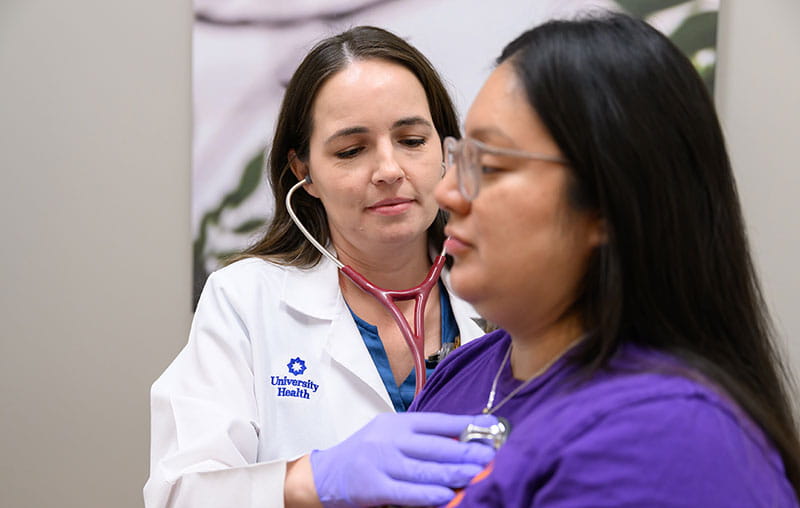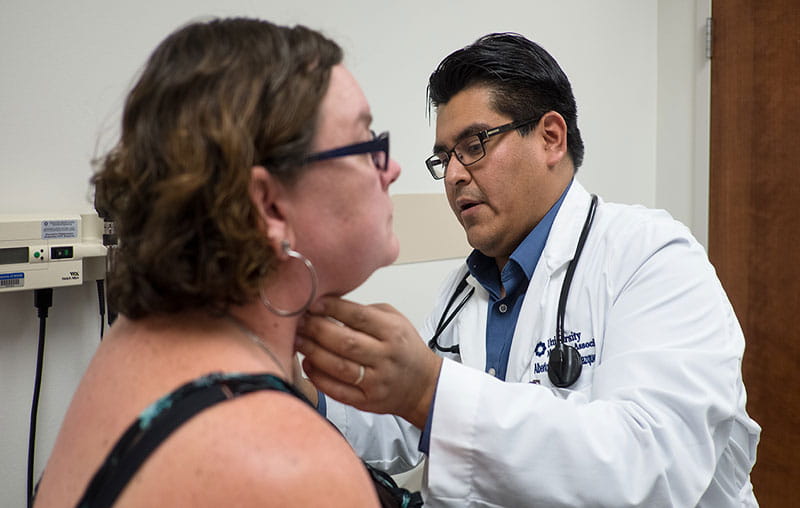Maybe you remember those dairy ads from a few years back: “Milk — it does a body good.” While there are lots of nutritional benefits in that glass of milk, it’s also true that too much of a good thing can be bad for your child. As a pediatric hematologist (that’s a doctor who treats blood disorders in kids), I see a number of children each year who develop a form of anemia from drinking too much cow’s milk. These are otherwise healthy children, often about 1 year of age — the time when they’re making the transition from breast milk or formula to regular food. Sometimes they’re older, having gone undiagnosed for a few years.
The problem is that cow’s milk doesn’t contain enough iron to meet the demands of a growing child — or, to be accurate, it doesn’t have the kind of iron that people’s bodies can easily use. And people need iron to make red blood cells, which carry oxygen throughout the body.
In children, iron is especially important for the heart, the kidneys and the brain and brain development. Babies get iron from breast milk, and from infant formula and baby cereals, which are fortified with iron. And when most kids make the switch to cow’s milk at about 1 year of age, they’re also starting to eat table foods that contain iron. The kids who become anemic are those who drink bottle after bottle — or cup after cup — of cow’s milk, to the point where they’re not hungry for other foods. Usually the parents don’t even realize how much they’re drinking.
I know, because it’s one of the first questions I ask. These aren’t bad parents; on the contrary, they have very good intentions. The baby’s thirsty? Give them milk. Or the kid’s a picky eater but loves milk — so mom or dad serves it, thinking it’s nutritious. Which it is. It just lacks iron. By the time they get to me, these children need treatment to correct the iron deficiency. At minimum, that can mean a prescription iron supplement taken for several months.
For severe cases, it could mean a blood transfusion. But fixing the anemia is a two-step process. The second part is preventing it from happening again. Typically I tell parents to limit young children to two cups — or 16 ounces — of milk per day, serving it only with meals (none between mealtimes). Water is a good alternative. But make sure the child is getting a well-balanced diet.
Here is some good advice on what to feed kids. The bottom line: milk-related anemia is completely preventable. Limit your child’s milk consumption. And make it part of a balanced diet.
Dr. Melissa Frei-Jones is an associate professor of pediatric hematology-oncology at the UT Health San Antonio, who practices at University Health.





